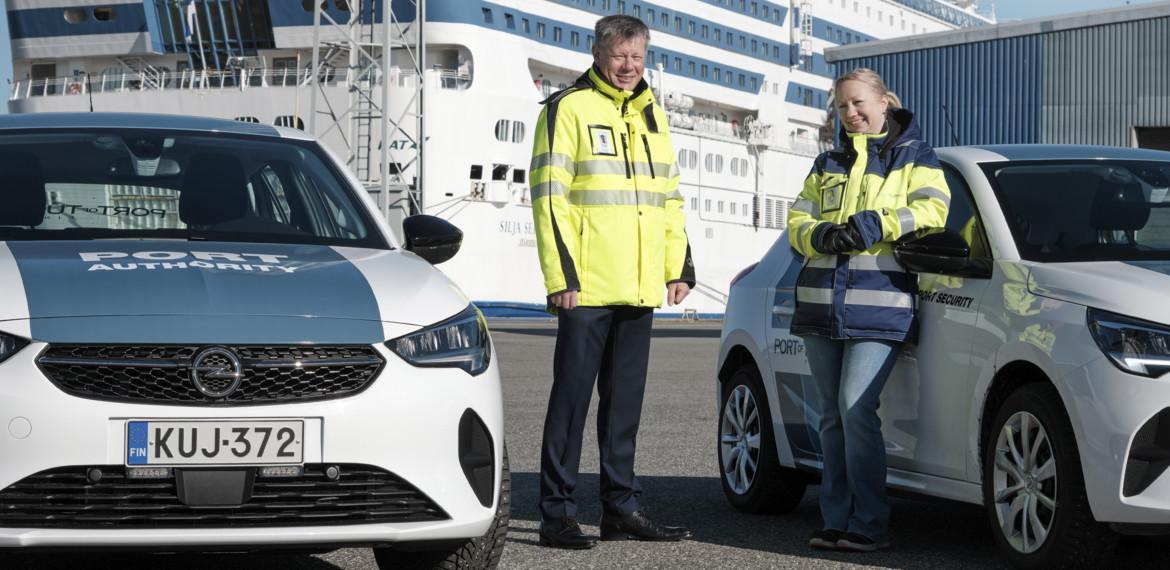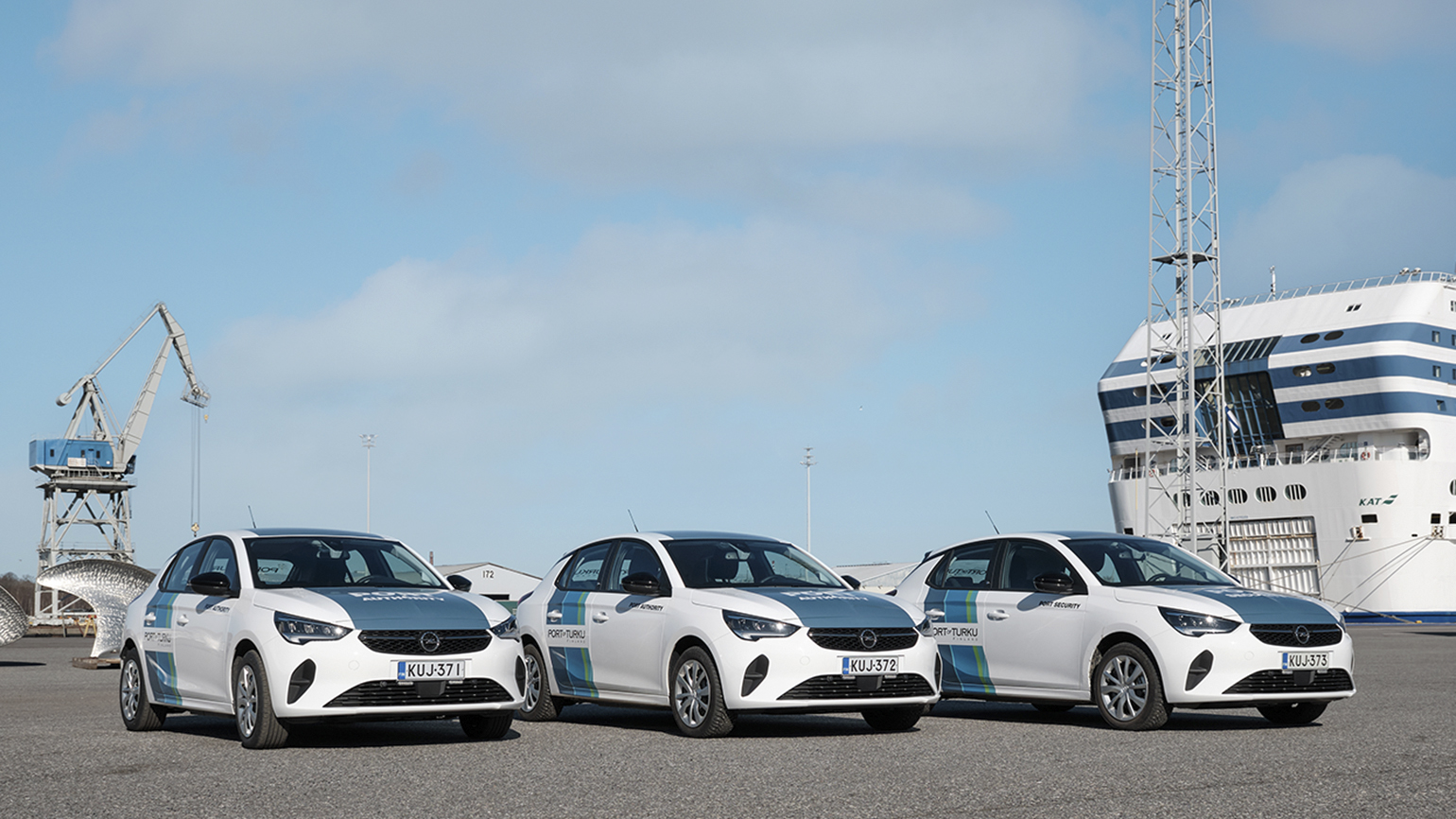Port will electrify its cars
One of the key goals of the Port of Turku’s environmental program is to decrease the carbon footprint of the Port’s own operations. As a new means for reaching that goal, the Port is replacing its vehicles with electric cars.

One of the key goals of the Port of Turku’s environmental program is to decrease the carbon footprint of the Port’s own operations. As a new means for reaching that goal, the Port is replacing its vehicles with electric cars.
The goal is that, by the end of 2022, all passenger cars used by the Port will be fully electric. The project will continue to include vans as suitable vehicles become available.
“The first cars were introduced in February, and the experiences have been positive. Electric cars are ideally suited for use by the Port because the driving distances are mainly short. Thanks to the long operating range, one charge for a day is enough, although we stay prepared for longer trips by charging the batteries whenever the car is not being used. So the ‘tank’ is never empty, and you need not start the trip at the service station”, Erik Söderholm, Managing Director of Port Turku Ltd, commends the operating capacity of electric cars.

Ecological and economic plusses
Switching to electric cars continues the Port of Turku’s other green reforms that also support the City of Turku’s goal for carbon neutrality. Examples of measures completed so far include e.g. changing the lighting in the port area for energy-saving LED lamps and the new automooring system that will reduce the use of vessel engines in the port.
”Switching to electric cars is an ecological measure suited to us by which we can immediately generate concrete results. Environmentally sound solutions also provide a financial reward, as the operating costs of electric cars are considerably lower compared to cars with combustion engines. Maintenance costs are lower because there are fewer moving parts in the engine and for example, oil changing is not needed at all. In the future we will also aim at energy self-sufficiency by utilising solar power in charging”, Erik Söderholm says about the future.
Users are satisfied with the choice
The Port’s Security Manager Pauliina Roti was among the first employees to test the new electric car. The Opel Corsa in her daily use is also driven by the Port’s night security guards on their surveillance tours.
”Opel Corsa was a positive surprise in every way. I was a bit suspicious about how you manage with an electric car in winter conditions, but the worry was needless. The car was really warm even when the temperature outside was twenty below zero and it always started with the push of a button. The well-equipped car is also comfortably quiet, and you can make choices that affect the driving properties. Eco mode maximises the energy-saving and distance, while Sport mode enhances e.g. takeover acceleration. An operating range of over 300 kilometres is easily enough for normal driving during a day. Just if you will be going further away, you need to plan the route according to available charging stations”, Pauliina Roti says about her driving experiences.
Text: Kari Ahonen
Photos & video: Markku Koivumäki
Reduction of emissions by up to 90%
The calculated CO2 emissions of driving an electric car in Finland, taking into account the emissions of electricity production, stand at around 15–20 g/km. The CO2 emissions of new cars with a combustion engine, taking into account the emissions of fuel production, stand at around 167–181 g/km. (Road map for fossil-free transport, Ministry of Transport and Communications 2020)
